Interpretable deep learning in immunology
At ImmuneWatch, we embrace machine learning and (interpretable) deep learning in immunology. Based on T-cell sequencing data, we specialise in predicting what epitope a specific T-cell receptor will bind to. This information will lead to clinical actionable insights, because these epitopes are linked to the pathogen from which they are derived. And even further, the pathogens are subsequently linked to the associated disease.
Our current performance is really good for predicting T-cell receptor interactions with known epitopes, stored in our continuously expanding database. However, it remains a challenging task to make the same quality predictions for unseen epitopes. To solve this problem, the field as well as ImmuneWatch have been looking towards deep-learning architectures.

In a recent preprint from the University of Antwerp, co-authored by some of the founders of ImmuneWatch, researchers examined two deep learning algorithms. ImRex and TITAN, that make predictions for T-cell receptors (TCRs) and unseen epitopes. They argue that since the underlying patterns that drive the recognition are still largely unknown to both domain experts and machine learning models, it would be of interest to the field to apply interpretable deep learning algorithms to reveal these patterns.
The authors found that ImRex used both the amino acid sequence of the epitope and the CDR3 region to classify the TCR-epitope interaction. For the epitope, especially the first and middle part of the amino acid sequence was of importance, while for the CDR3 region the use of amino acids was more uniformly distributed. In contrast, the authors revealed that TITAN only considers the epitope amino acid sequence for classifying the TCR-epitope interactions.
All together, this preprint showed how interpretable deep learning algorithm can be used to gain more information about what factors (features) drive the interactions between T-cell receptors and epitopes.
Read the new preprint
Interpretable deep learning to uncover the molecular binding patterns determining TCR–epitope interactions
Ceder Dens, Wout Bittremieux, Fabio Affaticati, Kris Laukens, Pieter Meysman
https://doi.org/10.1101/2022.05.02.490264
Interested in applying ImRex on your own dataset?
Usage of ImRex is free for non-profit organisations for educational and research activities. Those seeking to use the Software for commercial purposes, by commercial
entities, or for integration in commercial products, must contact business@immunewatch.com.
Stay up to date
Subscribe to our newsletter to receive useful tips and information.






